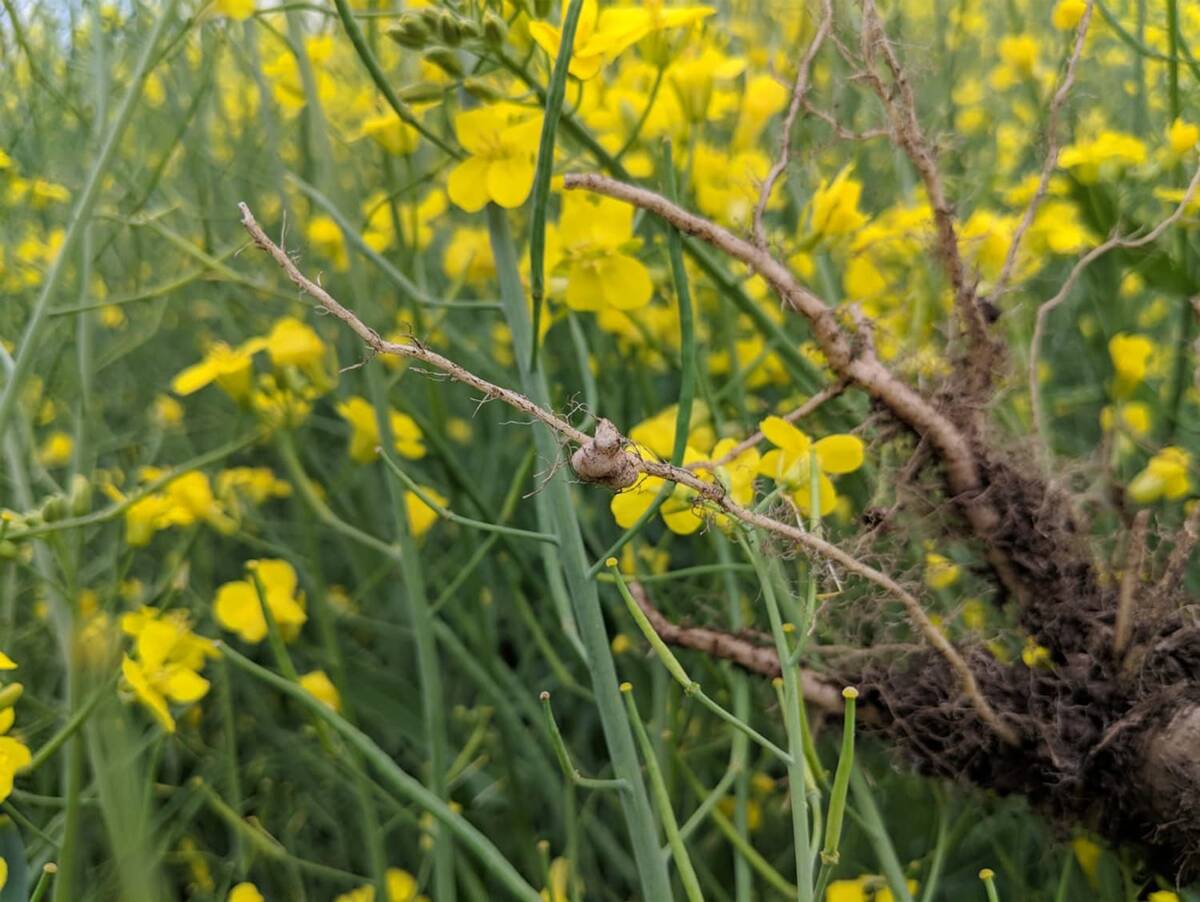American researchers have proved that temperature sensors can be used to detect water stress and manage the delivery of irrigation water.
United States Department of Agriculture scientists in Florence, South Carolina, are fine-tuning the controls for sensors on a site-specific, centre-pivot irrigation system. It can independently water and fertilize nearly 700 mini-areas within a 14-acre circle. Each area is about the size of a two-car garage.
The amount of water applied depends on the site-specific needs of plants as sensed by infrared thermometers and other state-of-the art sensors.
Read Also

Going beyond “Resistant” on crop seed labels
Variety resistance is getting more specific on crop disease pathogens, but that information must be conveyed in a way that actually helps producers make rotation decisions.
The modified centre pivot consists of 13 nine-metre-long segments with infrared thermometers spaced about 4.5 m apart. Each segment has three sets of different-sized sprinklers, which can deliver up to eight different water application rates. A computer controls the system, driven by specialized software and a database containing information about the soil, crop and farming practices.
Researchers discovered that infrared thermometers can detect water stress, sense canopy temperature, and precisely apply water to address a sensed need. They also showed that the data can be adjusted for known problems like clouds and daily cycles.
During the 1999 growing season, which had less rainfall than usual, canopy temperature measurements confirmed that corn plants encountered a wide range of crop stress, even within a fairly small area in a field. The system delivered variable amounts of irrigation water, adjusted to relieve crop stress measured as plant temperature. Soil water measurements confirmed a wide range of soil water levels throughout the test plots.
Data from 1999 showed the well-watered plots were up to seven degrees cooler than unwatered plots. Corn yields for well-watered plots were about 150 bushels per acre, compared to 60 bu. for the unirrigated plots.















